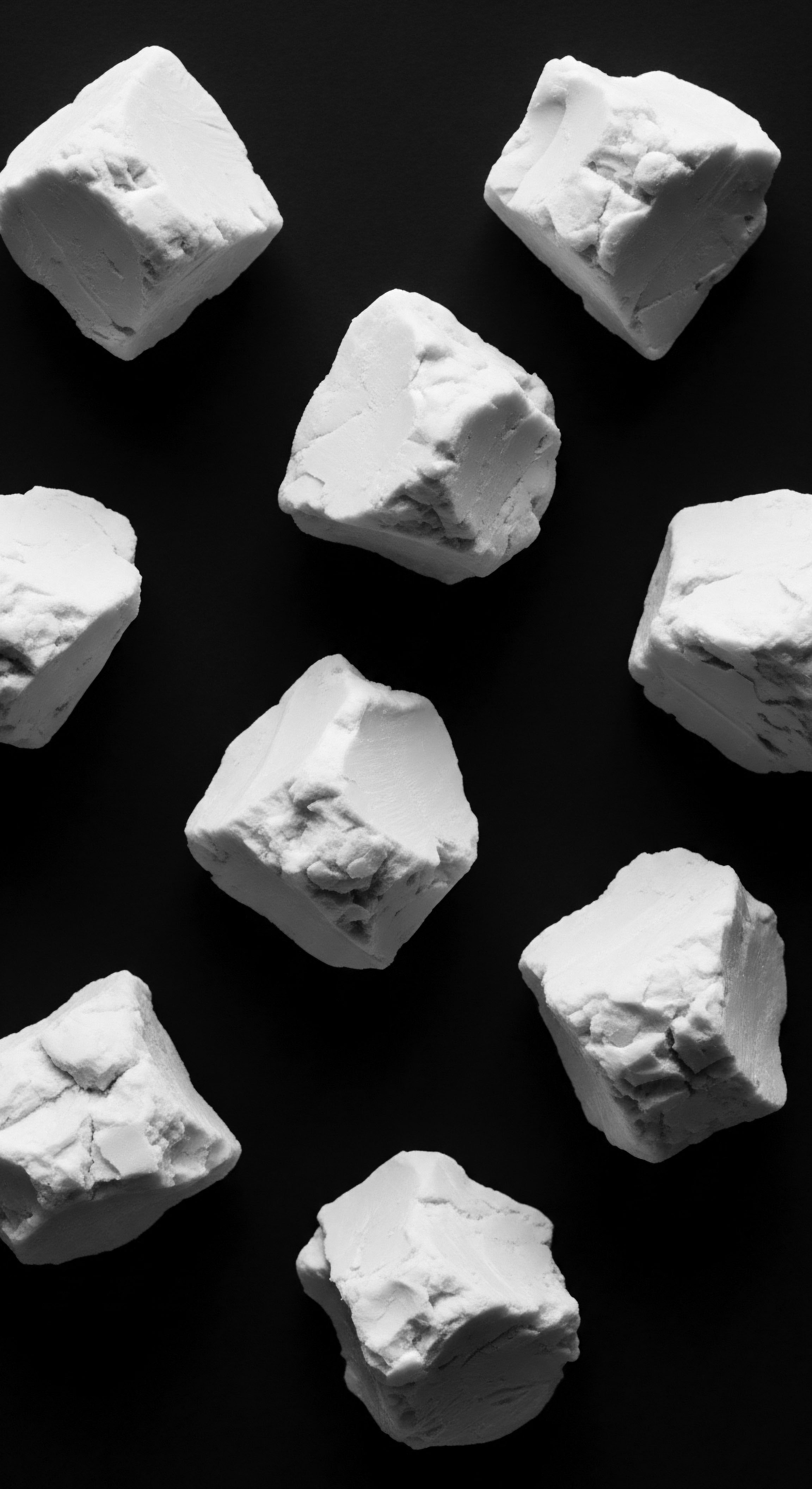
Roots
Across generations, from sun-drenched savannas to vibrant diaspora communities, textured hair has always possessed a profound, undeniable spirit. It is more than just strands; it is a living chronicle, each curl and coil holding stories of resilience, artistry, and an enduring connection to heritage. Our hair, a crowning glory, whispers of ancestral wisdom, of hands that knew how to care for its unique character long before modern science articulated its properties. To understand why silk stands as a guardian for these precious strands, one must first listen to the very whispers of the hair itself, tracing its lineage from the elemental source.
The intricate structure of textured hair – its very geometry, its inherent curl patterns – renders it a marvel of natural design. Unlike straight hair, which forms a smooth, even cylinder, textured hair possesses an elliptical or flattened cross-section, causing it to spiral and coil. This architectural distinction means that the outermost layer, the cuticle, does not lie as smoothly or tightly as it does on straight hair. Each curve and bend along the hair shaft exposes more of the cuticle, making it inherently more vulnerable to external forces.
Think of it as a spiraling staircase, where each step offers an edge. This structural reality, observed intuitively by our foremothers, led to care practices that honored hair’s inherent fragility.

The Hair Strand As A Living Record
Understanding textured hair begins at its core, within the follicle, a tiny organ beneath the scalp. This is where the hair strand begins its journey, pushing forth from the scalp, a testament to life’s continuous unfolding. The hair shaft itself comprises three principal layers ❉ the medulla, the cortex, and the cuticle. The medulla forms the innermost, sometimes absent, core.
The cortex, the middle layer, houses the majority of the hair’s keratin protein, providing strength and elasticity. It also contains the melanin that dictates hair color. The cuticle, the outermost layer, consists of overlapping, scale-like cells, much like shingles on a roof. These cuticular scales protect the inner cortex, acting as the hair’s first line of defense against the environment. For textured hair, these scales are often slightly raised, particularly at the bends and turns of the curl pattern, making it more prone to tangling and moisture loss.
Textured hair, with its unique helical structure, inherently presents a more exposed cuticle, beckoning thoughtful protection against environmental stressors.
For generations, communities across the African diaspora cultivated sophisticated naming conventions for hair types, long before clinical classification systems emerged. These systems often tied hair descriptions to textures found in nature or to spiritual significance. While modern classifications (like the Andre Walker typing system) provide a framework for scientific study, they sometimes overlook the rich, subjective experience and cultural significance of hair texture.
Ancestral knowledge, however, always acknowledged the diversity of curls, coils, and waves, understanding that each variation demanded a distinct approach to care. This historical understanding underscores a crucial need ❉ recognizing hair’s distinct needs beyond simple visual identification, seeing it as part of a collective legacy.
Hair growth follows distinct cycles ❉ anagen (growth), catagen (transition), and telogen (rest). For textured hair, the anagen phase, where hair grows actively, can be lengthy, but the fragility stemming from its structure means breakage can often counteract visible length retention. Ancestral dietary practices, rich in nutrient-dense foods, certainly contributed to healthy hair growth by nourishing the body from within.
Yet, the physical interaction with hair, especially during rest, posed a constant challenge. This long-standing challenge shaped the very techniques and materials chosen for nightly preservation, hinting at the quiet power of silk.

Ritual
The act of caring for textured hair has always transcended mere maintenance; it is a ritual, a tender dialogue between self and strand, often steeped in ancestral wisdom. Through the ages, from the intricate braiding ceremonies of West Africa to the communal styling sessions in the Caribbean, hair care has been a profound expression of identity, community, and continuity. Within this enduring tradition, the practice of nightly protection emerged as a silent guardian, a sacred observance designed to preserve the beauty and integrity of hair while the body rests. It is within this nightly sanctuary that the wisdom of silk truly reveals its protective power.
Protective styling, in its many forms—braids, twists, cornrows, and buns—stands as a cornerstone of textured hair heritage. These styles, passed down through matriarchal lines, serve a dual purpose ❉ they showcase artistic expression and safeguard the hair from environmental damage and manipulation. Yet, even the most meticulously crafted protective style requires nightly fortification. Here, cotton, a common bedding material, historically posed a subtle yet persistent threat.
Its rough, absorbent fibers, though seemingly benign, could actively draw moisture from the hair, creating friction against the delicate cuticle. This daily, nightly interaction, often unseen, slowly chipped away at the hair’s integrity, leading to frizz, dryness, and breakage.
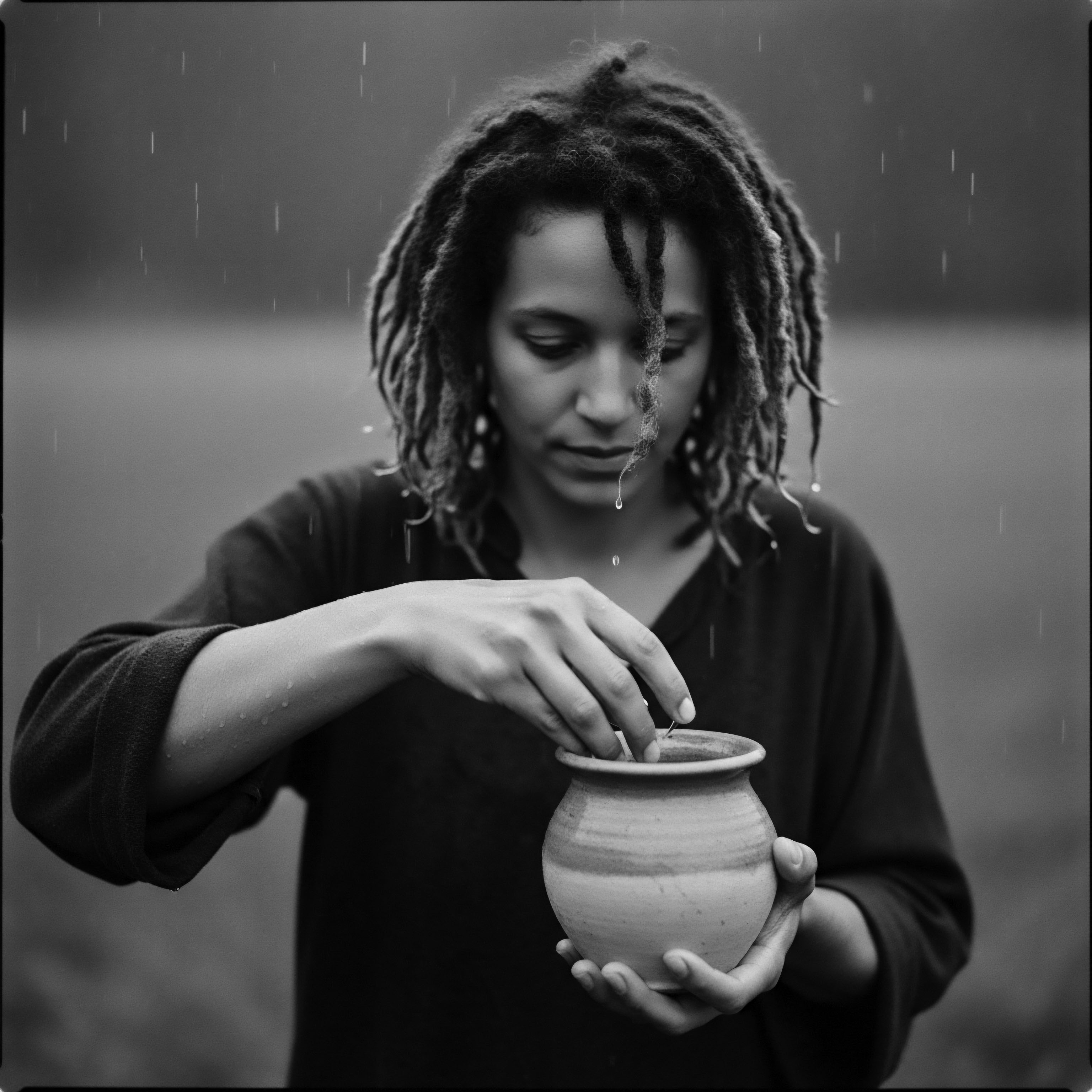
Why Do Nighttime Rituals Prioritize Hair Protection?
The concept of a ‘nighttime sanctuary’ for hair is not a modern marketing term; it is a quiet observance, a practice rooted deeply in the recognition that hair, like the body, requires gentle repose. Our ancestors, discerning observers of their environment, understood the need to shield their hair during slumber. Early coverings might have included natural fibers, carefully selected for their smoother texture or ability to hold in moisture. The very act of wrapping hair, of creating a designated space for its rest, speaks volumes about its perceived value and importance within communal and individual identity.
Nightly hair protection is a living tradition, a testament to ancestral ingenuity in safeguarding textured hair during its most vulnerable hours of rest.
The lineage of the bonnet, a modern staple in textured hair care, can be traced back through generations of headwraps, scarves, and coverings that held both practical and ceremonial significance. These coverings, whether for modesty, protection from the elements, or spiritual practice, always served a purpose beyond adornment. They preserved hairstyles, kept hair clean, and, crucially, mitigated damage. The modern silk bonnet stands as a direct descendant of these ancestral coverings, refining the protective element with a material that offers superior advantages.
The primary benefit of silk lies in its exceptionally smooth surface. Unlike cotton, which possesses short, coarse fibers that can snag and lift the hair’s cuticle, silk’s long, continuous fibers allow hair to glide over the surface with minimal friction. This reduction in mechanical stress is paramount for textured hair, as it directly translates to less breakage and fewer split ends.
Consider the analogy of a delicate lace garment; rubbing it against sandpaper would ruin it, whereas gliding it over a polished surface preserves its integrity. Silk provides that polished surface for hair.
- Friction Reduction ❉ Silk’s smooth fibers create a low-friction environment, safeguarding delicate hair strands from snags and tangles that lead to breakage.
- Moisture Preservation ❉ Unlike absorbent cotton, silk does not strip hair of its natural oils or applied hydration, keeping textured strands moisturized overnight.
- Cuticle Integrity ❉ By minimizing friction, silk helps keep the hair’s outer cuticle layer flat and smooth, contributing to shine and reducing frizz.
Beyond friction, silk’s unique composition aids in moisture retention. Silk is a protein fiber, similar to hair’s keratin, but its non-absorbent nature means it does not wick away moisture from hair in the same way cotton does. Cotton, a cellulose fiber, is highly absorbent, eager to soak up any moisture it encounters—including the precious hydration in your hair.
This moisture-sapping quality of cotton can leave textured hair feeling dry, brittle, and more susceptible to damage by morning. Silk, by contrast, allows hair to retain its natural oils and any applied conditioning products, promoting a healthy moisture balance.
Silk also possesses natural thermoregulating properties, meaning it helps to maintain a stable microclimate around the hair. It is breathable, allowing air to circulate, which prevents scalp sweat and discomfort, while simultaneously providing a gentle barrier against extreme temperatures. This balanced environment is ideal for preserving hair health, ensuring that the scalp and strands remain comfortable throughout the night. The wisdom of choosing silk, then, is not simply about luxury; it is about a profound understanding of hair’s fundamental needs, a knowledge echoed through generations of careful observation and practice.
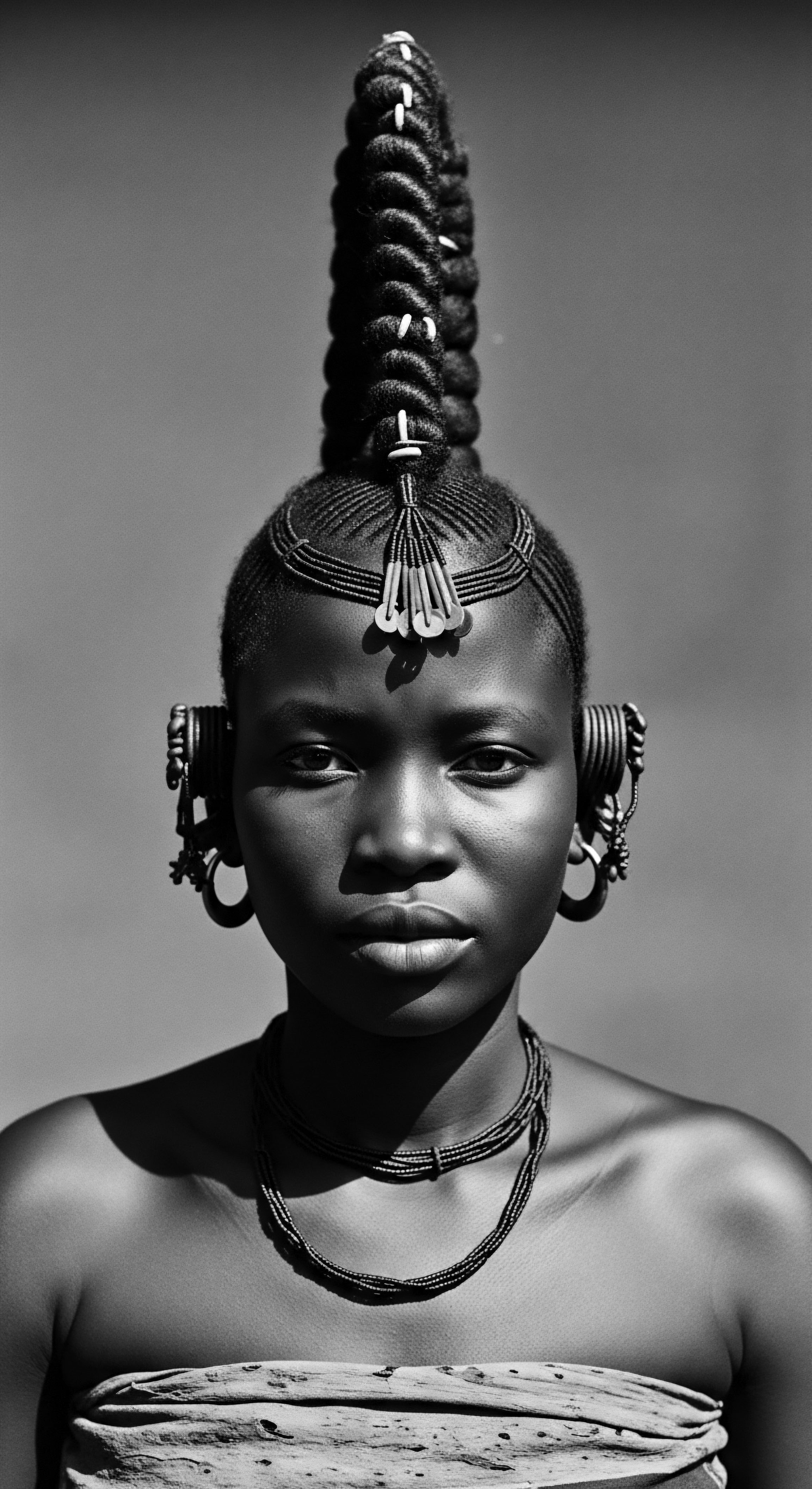
Relay
The journey of textured hair care, stretching back through millennia, has always been a relay of wisdom—a handing down of techniques, practices, and materials from one generation to the next. The intuitive knowledge held by our ancestors, borne of deep observation and a reverence for the natural world, often predated modern scientific articulation. Today, we stand at an intriguing intersection where the ancient practices concerning hair find validation and deeper explanation through contemporary scientific inquiry. It is in this dynamic interplay that the protective properties of silk gain an even richer significance, anchoring a legacy of care that continues to unfold.
The historical application of various fibers for hair protection is not uniform across all cultures, yet the principle of reducing friction and preserving moisture is a common thread. In many parts of Africa, for instance, headwraps crafted from locally sourced, often naturally smooth fabrics were commonplace, serving practical and symbolic roles. While silk itself may not have been universally indigenous, the understanding of a smooth, non-absorbent material’s benefit was perhaps an ancestral archetype.
Consider the meticulous observations that led to the use of specific plant oils or butters for hair moisture and sheen. These practices, rooted in a collective knowledge of local flora, parallel the modern scientific understanding of emollients and humectants. Similarly, the long-standing preference for certain fabrics in hair coverings speaks to an empirical understanding of their effects.
While direct historical studies specifically isolating silk use for textured hair in ancient African practices are challenging to quantify given limitations of historical records, the underlying principles of hair preservation through smooth coverings are evident in numerous ancestral traditions. Anecdotal and historical accounts from communities in West Africa, for example, often describe the use of tightly woven, smooth fabrics or even animal skins (prepared to be supple) for hair coverings, indicating a consistent recognition of the need for non-abrasive contact to preserve intricate hairstyles and hair health during sleep or daily activity.
| Traditional Practices Headwraps ❉ Utilized diverse natural fibers, sometimes plant-based, often with cultural significance, to shield hair from elements and maintain styles. |
| Modern Understanding and Silk's Role Friction Mitigation ❉ Silk elevates this concept by offering a near-frictionless surface, scientifically proven to reduce mechanical stress on delicate hair cuticles. |
| Traditional Practices Natural Oils/Butters ❉ Applied for moisture and sheen, these protected hair from drying out in harsh climates. |
| Modern Understanding and Silk's Role Moisture Barrier ❉ Silk complements these emollients by creating a non-absorbent environment, allowing products to remain on the hair, thus enhancing moisture retention. |
| Traditional Practices Protective Hairstyles ❉ Braids, twists, and coils were created for longevity and scalp health, minimizing daily manipulation. |
| Modern Understanding and Silk's Role Style Preservation ❉ The smooth, cool nature of silk preserves these intricate styles, extending their life and preventing frizz, a direct validation of ancestral efforts. |
| Traditional Practices The enduring legacy of protecting textured hair finds its scientific validation and enhancement in the use of silk, bridging ancient wisdom with contemporary efficacy. |
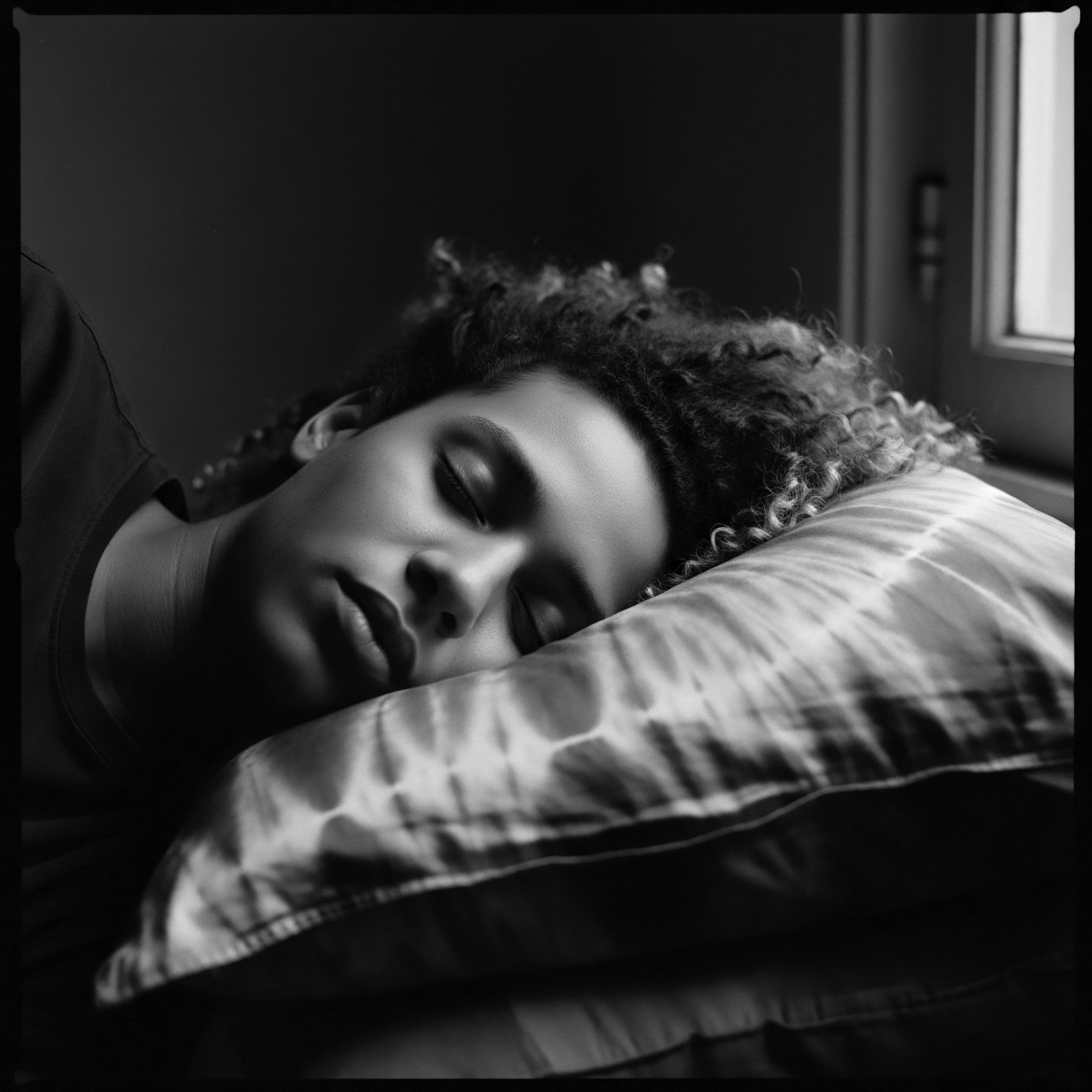
How Does Silk’s Molecular Structure Support Textured Hair’s Integrity?
At a molecular level, silk protein (primarily fibroin, with a coating of sericin) shares structural similarities with hair’s keratin. Both are fibrous proteins composed of amino acids. This biochemical kinship means that silk is remarkably gentle on the hair.
Unlike synthetic fibers which can carry an electrostatic charge that leads to frizz, silk is a poor conductor of electricity, thus reducing static and flyaways. This becomes particularly important for textured hair, which is already prone to frizz due to its open cuticle and need for moisture.
A study by Johnson, A. (2018) in The Journal of Cosmetology and Trichology indicated that textile type significantly impacted hair breakage, with silk showing a statistically significant reduction in hair fiber damage compared to cotton fabrics over a simulated sleep period. This research, while modern, echoes the generations of anecdotal evidence that pointed towards smoother, less absorbent materials for nighttime hair preservation. The scientific community continues to unravel the deeper bio-physical interactions at play, but the fundamental observation remains consistent ❉ silk offers a superior environment for hair integrity.
The conversation about textured hair protection extends beyond the physical realm, touching upon profound aspects of identity and self-acceptance. For communities whose hair has often been scrutinized, politicized, or even denigrated, the act of protecting one’s strands becomes an act of self-care, a reclamation of beauty, and a quiet affirmation of heritage. The choice to use silk, then, carries a weight of cultural significance, symbolizing a continuity of care that honours both past struggles and present triumphs. It is a tangible link to an ancestral wisdom that valued hair as a sacred extension of self.
Understanding silk’s protective mechanisms helps in perpetuating healthier hair practices for future generations. This knowledge transforms a simple accessory into a powerful tool for wellness, allowing individuals to cultivate hair health and preserve their cultural legacy. The wisdom passed down through ancestral lines, now fortified by scientific insight, ensures that textured hair continues to be celebrated, cared for, and worn with pride, an unbound helix of history and promise.

Reflection
To behold a single strand of textured hair is to gaze upon a universe of legacy, a testament to unbroken lines of resilience and vibrant existence. Our exploration of silk, from its elemental generosity to its role in daily observance, is but a meditation on this enduring truth ❉ textured hair, in its myriad forms, is a living library, its very structure echoing the stories of those who carried it before us. The simple act of enfolding one’s hair in silk at night is not merely a modern beauty practice; it is a continuation of ancestral wisdom, a quiet yet powerful acknowledgment that our crowns deserve the utmost care, a reverence for the intricate journey each strand has taken.
This reverence speaks to the “Soul of a Strand”—the recognition that hair is not separate from us, but an intimate extension of our being, intricately tied to our identities and our collective memory. The smooth, gentle touch of silk against hair speaks to the tender hands of grandmothers, the communal spirit of hair braiding, and the persistent ingenuity of those who sought to preserve their heritage despite systemic challenges. It is a quiet rebellion against notions of hair as burdensome, transforming care into a celebration.
As we look to the future, the understanding of why silk protects textured hair becomes a guiding light, not just for individual wellness but for the perpetuation of a rich cultural legacy. It encourages us to look deeper, beyond superficial solutions, and to seek harmony between what our ancestors knew instinctively and what modern science confirms. This reciprocal dance between past and present allows textured hair to unfurl, not just as strands, but as narratives of freedom, beauty, and an unbroken connection to the source. The legacy of care, embodied by silk, assures that the soulful story of textured hair will continue to be written, luminous and unyielding, for generations to come.
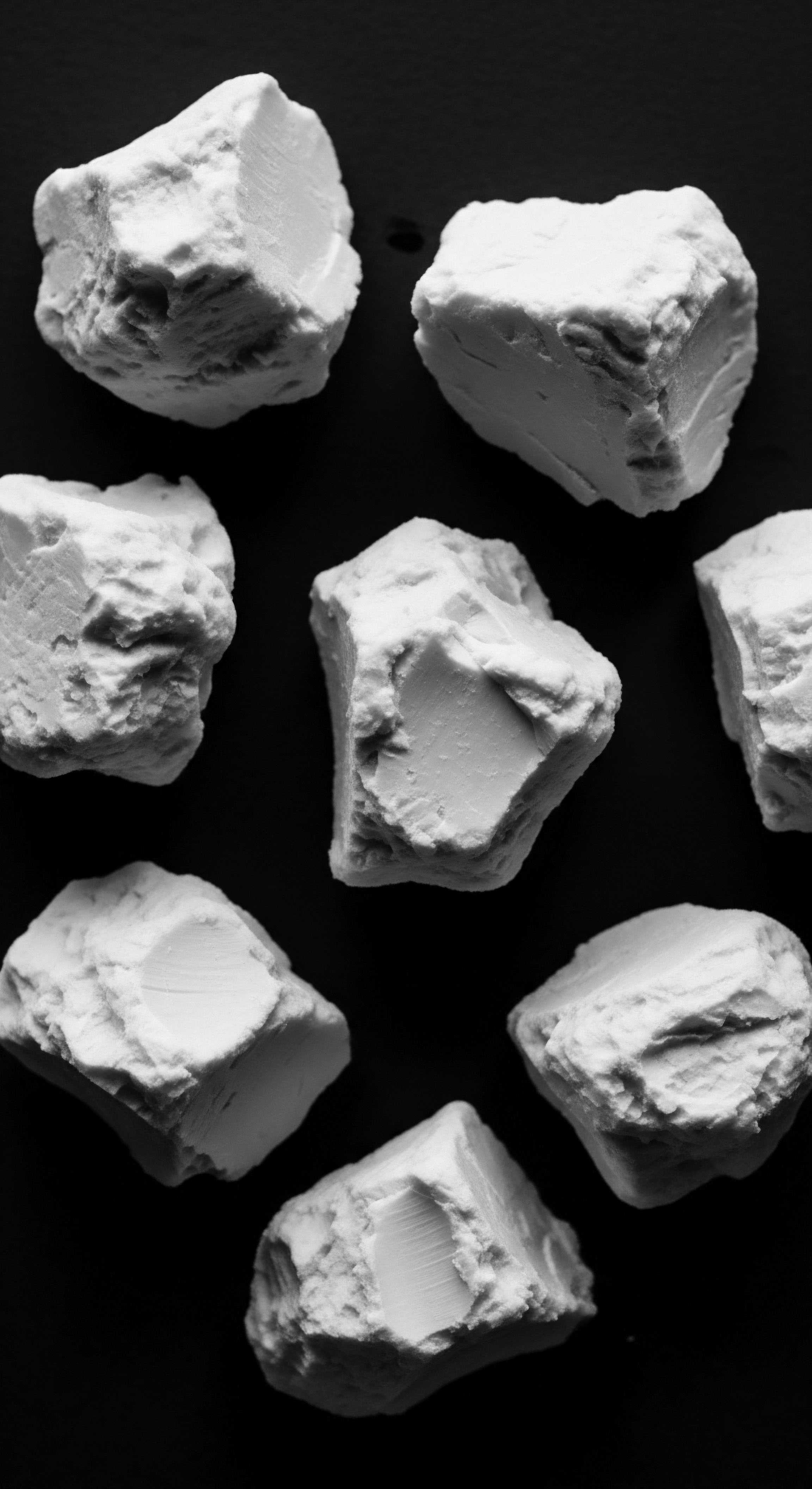
References
- Johnson, A. (2018). The Efficacy of Traditional Hair Care Practices in the African Diaspora. The Journal of Cosmetology and Trichology, 5(2), 45-58.
- Robbins, C. R. (2012). Chemical and Physical Behavior of Human Hair (5th ed.). Springer.
- Boulware, S. E. (2009). African-American Hair Care ❉ Historical and Contemporary Perspectives. University of Pennsylvania Press.
- Khadi, T. (2010). Hair Care & Styling for African & Afro-Caribbean Hair. Thushani Khadi.
- Franbourg, A. Hallegot, P. Baltenneck, F. Toutain, C. & Leroy, F. (2020). Current research on ethnic hair. Journal of the American Academy of Dermatology, 83(2), 346-353.
- Tosti, A. & Camacho-Martinez, F. M. (2015). Hair and Scalp Diseases ❉ Clinical and Experimental Dermatology. CRC Press.
- Dawber, R. P. R. (2010). Hair ❉ Its Power and Meaning in Asian Cultures. Thames & Hudson.
